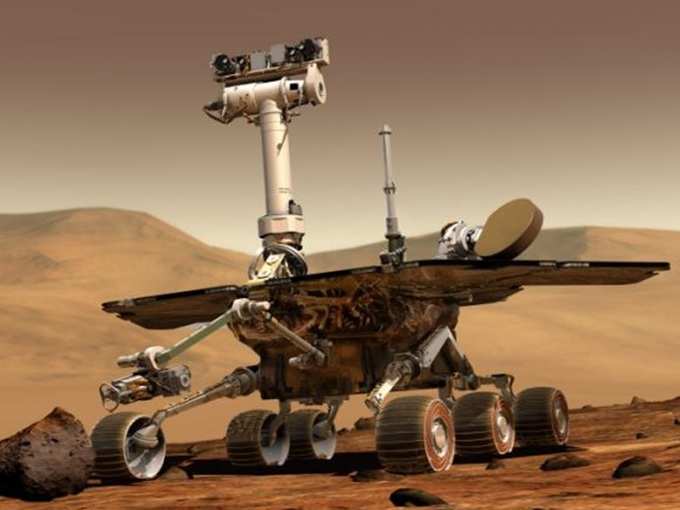 US space agency
US space agency The Curiosity rover had earlier collected pictures and other data which showcased that once rivers flowed into a lake at the bottom of Gale Crater, which was carved out by a space rock.
The NASA interpretation further suggests that the climate of ancient Mars could have given birth to long-existing lakes at several locations on Mars. It also revealed that Mount Sharp located in the Red planet was a creation of sediments deposited in a large lake bed over tens of millions of years.
According to Curiosity deputy project scientist Ashwin Vasavada, who works at NASA's Jet Propulsion Laboratory in Pasadena: "If our hypothesis for Mount Sharp holds up, it challenges the notion that warm and wet conditions were transient, local, or only underground on Mars. A more radical explanation is that Mars' ancient, thicker atmosphere raised temperatures above freezing globally, but so far we don't know how the atmosphere did that."
The research team stated that thickness of the layers of rock suggests that the lake - or lakes - must have flowed around the bottom of 154-km Gale Crater for millions of years. Then, the scientists state that the lake psossibly dried up, and recurred several times.
The lower flank of Mount Sharp that stands about 5 kilometers tall consists of hundreds of rock layers. These layers have witnessed the repeated filling and evaporation of a Martian lake.
Currently, Curiosity is probing Mount Sharp’s lowest sedimentary layers, a section of 150 meters-high rock.
Curiosity science team member Sanjeev Gupta, who is a part of Imperial College in London, said, "We found sedimentary rocks suggestive of small, ancient deltas stacked on top of one another. Curiosity crossed a boundary from an environment dominated by rivers to an environment dominated by lakes."